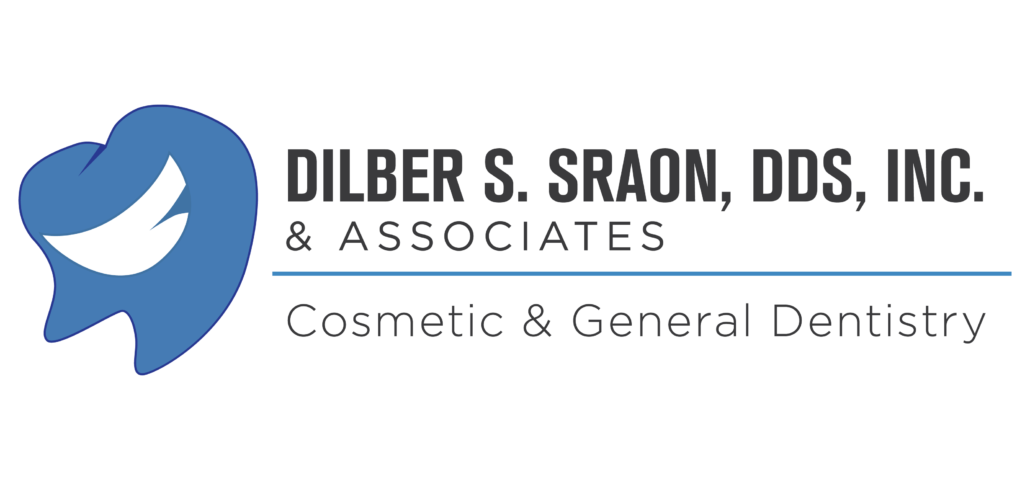A Feast for Your Teeth
Tis the season for giving thanks! When it’s time to go around the table and share what you’re thankful for this year, don’t forget your beautiful smile. We’ve rounded up a big bowl of tips to keep in mind to maintain a healthy mouth and sparkling teeth this Thanksgiving—from the main event, to leftover meals, and every month that follows.
Reach for the veggies. In a spread full of indulgent holiday delicacies, vegetables might not be your first pick, but they should be. Colorful veggies are loaded with vitamins and minerals that keep your teeth strong. The leafy greens in salads and other dishes will provide a hefty serving of teeth-strengthening calcium. If you spot red and orange veggies, add some to your plate for a few bites of gum-protecting vitamin C.
Control your colors. Bright foods and drinks—like the red and orange veggies above—are a beautiful addition to the table, but certain recipes may feature stain-causing ingredients. To keep your enamel pearly white, try to stay away from red wine, cranberry sauce, and post-meal coffee. If you just can’t resist the blueberry or cherry pie on the dessert table, go ahead and indulge, but come see us for a cleaning soon after the holiday.
Beware of acid. Cranberries are an essential element in lots of Thanksgiving dishes, and many adults enjoy a glass of wine with their dinner—but be sure to wash them down with water. Cranberries and wine are high in enamel-softening acid that can make your teeth more vulnerable to decay and staining. Lessen the acid’s corrosiveness with bites of other foods and frequent sips of water.
See you later, starch! While sweets are typically the most popular culprit when it comes to harming your teeth, starchy dishes can also play a part. The starches in must-have savory side dishes like cornbread and stuffing can interact with bacteria in the same way that sugary foods do. These bacteria produce acid that can make itself at home in your mouth and cause enamel irritation. Have cornbread and stuffing alongside servings of protein and fiber for balance and to create saliva that will wash bacteria away.
The less-sweet side of sugar. Many Thanksgiving feasts are a decadent mix of sweet and savory from start to finish. Yams are topped with melty marshmallows, and the dessert options can be endless. The holidays are a great excuse to indulge your sweet tooth, but do so wisely. Cavity-causing bacteria is lurking in many of our favorite dishes, so be sure to wash down sweet bites with water. If you’re the chef, try using less-damaging sugar substitutes like xylitol or erythritol to keep the dishes sweet and guests happy.
The most important part of the holiday season is to enjoy time with those you love, and adding delicious treats just makes it sweeter. For a healthy smile long after the holiday season, make sure to keep up with your regular dental hygiene routine.
